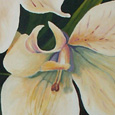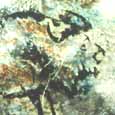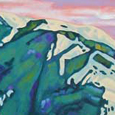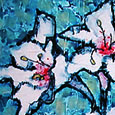
Concentration
When people are learning to draw, they get tired. We all do when concentrating hard on a task. Like building up your muscles in weight training, the ideal time to keep at it while learning is just a little bit longer than you feel like. With drawing class homework, I recommend using the clock and a timer. If you find that you can work comfortably for 15 minutes, then try setting the clock for 20 minutes for the next 2 days. Continue this on until you reach about 35 minutes. For intense concentration, this seems to be a good maximum to aim for. A 5 or 10 minute break is likely good if you want to go back to it again. Get up and stretch, get a glass of water, and continue on. It really is like exercising, even if the brain is not a muscle. You are learning patience and perseverance as your ability to concentrate grows, and that’s a good thing.



